Greetings, essential oil lovers!
I’d like to introduce you to some keywords, buzzwords, and terms that every essential oil lover should know. As always, I like to keep things simple and straightforward. While this isn’t an exhaustive list of terms, it contains some of the most popular and important ones.
Essential Oil
The aromatic isolate of distilled plant material. Essential oils can also be cold-pressed, which is the extraction method most common for citrus oils, seeing as the essential oils of these fruits reside in the rinds.
Absolute
Similar to their essential oil counterparts, absolutes are concentrated aromatic plant extracts. However, absolutes require solvents such as hexane or alcohol to extract the aromatic compounds, and there is risk for trace amounts of these solvents to linger in the oil. That being said, essential oils are preferred for aromatherapy, while absolutes often find their place in perfumery.
Adulterant
Any undisclosed addition — artificial or natural — to an essential oil, which was not naturally present at the time of distillation. (We don’t like adulterants!)
Aromatherapy
As defined by NAHA, aromatherapy is the art and science of using naturally extracted aromatic essences from plants to balance, harmonize, and promote the health of body, mind, and spirit.
Base Oil or Carrier Oil
A vegetable oil derived from the fatty portion of the plant – seeds (sesame), nuts (almond), or meat (avocado). Carrier oils and base oils are often used to dilute an essential oil to allow for safe, topical application.
Diffuser
A device used to disperse essential oils into the air. A small amount of oil can diffuse into a large space, making it one of the safest methods of essential oil usage.
Dilution
The addition of a small amount of essential oil to a larger amount of base/carrier oil to make it safe for topical use.
Distillation
The process used to extract essential oils from plants. Steam distillation is the most common method of distillation.
GC/MS
GC/MS stands for Gas Chromatography and Mass Spectrometry. These testing methods are used to determine the chemical components present in a given substance. They can help determine if the essential oil has been adulterated.
Infusion
This refers to plant material being steeped in a base/carrier oil over a period of time, then strained off. The remaining oil carries the beneficial properties of the plant material. Herbal tea is also a great example of an infusion — it’s just that the plant material is steeped in water instead of oil!
Neat
The application of undiluted essential oils to the skin.
Notes
Top, middle, and base notes are a common classification system for essential oils, based on aroma. For example, citrus oils are top notes; they are the bright and light and are also the first scent to dissipate in a blend. Base notes are often extracted from resins and woods, and have an aroma that lingers.
Orifice Reduce
That little plastic insert in the top of your essential oil bottle that allows for the oil to come out drop by drop.
Oxidation
The process in which oxygen, light, and/or heat interact with essential oils and cause the oils to deteriorate over time.
Phototoxic
An essential oil is phototoxic if it makes the skin more prone to damage from UV rays. Phototoxic oils are primarily citrus, such as bergamot and cold-pressed lime. It is recommended that the skin is not exposed to UV rays for 18-24 hours after application of a phototoxic oil.
Volatile
Essential oils are volatile oils, meaning they disperse into the air. Some oils are more volatile than others. Citrus oils, for example, are both highly volatile and prone to oxidation.
Have a question about a term? Let us know in the comments!


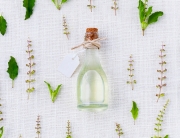

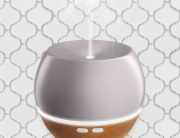

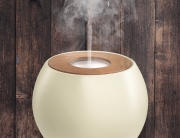
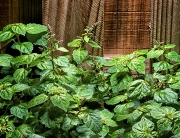

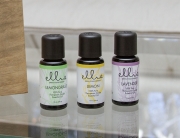

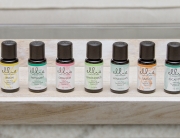

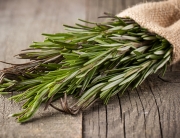
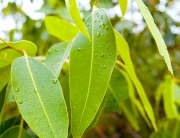








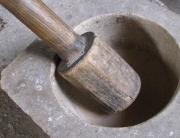
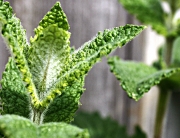

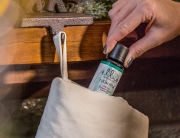
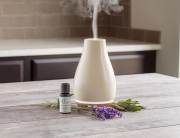

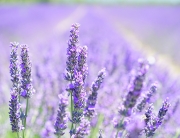

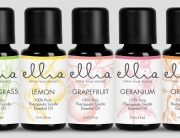
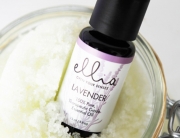












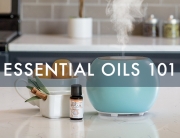



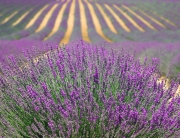

Hello I would like to know the difference between therapeutic grade and pharmaceutical grade. Thanks
Interesting question, Barry. In order for an essential oil to be therapeutic or pharmaceutical grade, it must be pure, species-specific, and tested and shown to be free of any and all contaminants. We at Ellia use these standards with all of our essential oils.